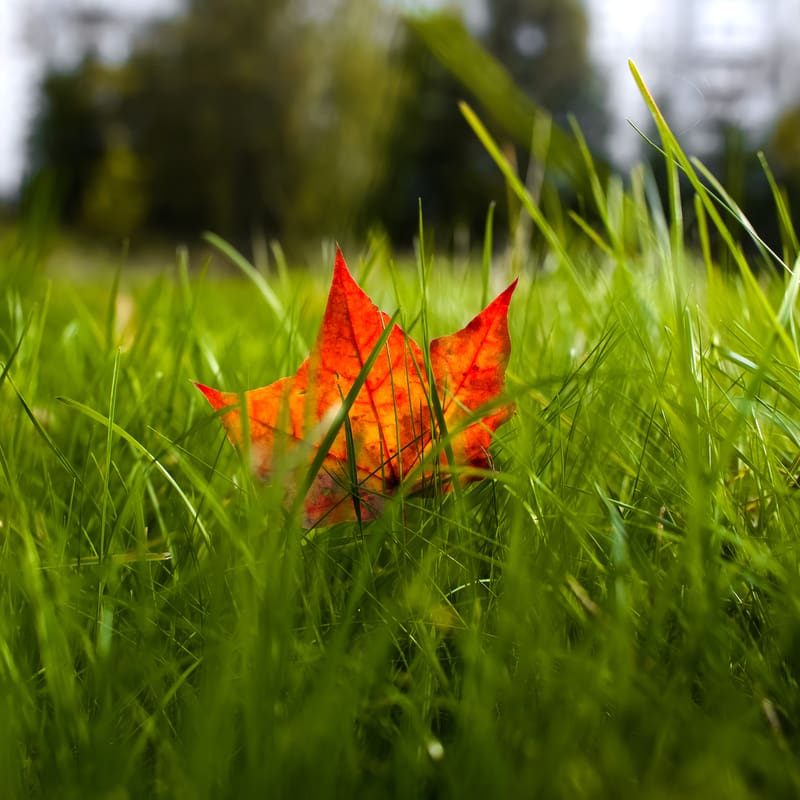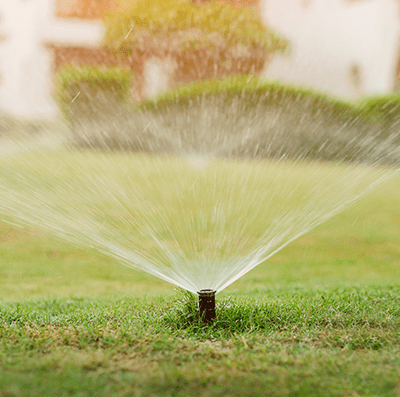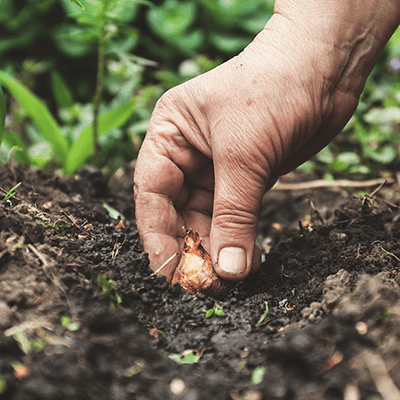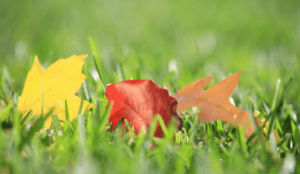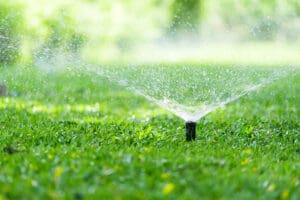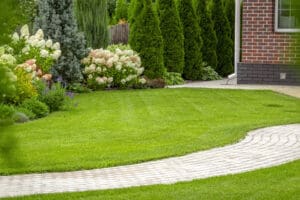Even though the leaves are mostly gone, and the lawn has lost its vibrancy, it doesn’t mean yard work is done. Late fall/early winter is when your yard needs the most help! From fertilization to protecting your most vulnerable plants, there are a few things you need to do to make certain your yard returns with full force next spring.
Summary Points
ToggleWhat To Do For Your Yard In Late Fall/Early Winter
Keep Watering
Until the ground freezes, it’s a good idea to water your lawn and plants to keep the moisture level adequate. Another advisable way to ensure your garden beds have enough moisture is mulching. By installing a layer of mulch in your garden beds, you’ll make sure your perennial plants don’t dry out over the winter. There are various organic materials you can use – straw, wood chips, shredded leaves, grass clippings, compost – and there are pros and cons to each one. Be sure to ask your lawn care service technician which one would be best for your yard.
Wind-proof Your Garden
Wrapping your larger perennials and shrubs, or smaller ornamental trees, in burlap can mitigate winter burn, a condition that arises when plants are exposed to the cold, dry wind.
One Mow Time
Go over your lawn with the mower one more time before winter, and be sure to bag clippings if you normally mulch them. You don’t want to leave any organic debris on the lawn – more on this in a moment. Bagging your grass clippings will also help you suck up any fallen leaves.
Remove Leaves
You need to get all those fallen leaves off your grass, whether by raking, mowing, or blowing. If left on the lawn, they can smother the grass and produce environments where things like mold, mildew, and fungi thrive.
Dig Out Annuals
Any annuals you planted in spring should be removed entirely before winter. Since they aren’t perennials, they aren’t going to make a come-back next year, and all that dead organic matter is no good. For one thing, it clutters up your garden and looks unkempt. For another, just like dead leaves on the lawn, all that dead plant material could become a haven for not only diseases but pests as well.
Trim Perennials
Perennial plants don’t need to be dug out like annuals, but you should trim them back, and this will help protect them from the cold and deter pests.
Plant Spring Bulbs
If you want to see daffodils, tulips, or other flowers that come from bulbs bloom next spring, you should plant them now as part of your late fall gardening routine. That’s because spring-blooming bulbs need to undergo a long period of cold temperatures to start the biological process that enables them to flower. If you were to plant them in spring, you might not see flowers for another whole year!
Fix Soil Imbalances
If your lawn was yellow, didn’t seem to respond to fertilizer, is full of weeds or moss, and doesn’t seem to recover after the hot summer dry spells, you probably need a lime application. This mineral treatment will restore the pH balance of your lawn and correct overly acidic soil. Fall and spring are the ideal times to have this done since the rain and snow in late fall and winter will help break up and distribute the lime.
Inspect For Pests
Examine your trees, shrubs, and garden for signs of pest infestations. Look for things like wilted grass, chewed leaves, or you might even see the pests themselves. Scale mites are quite easily spotted on the stems of your plants – particularly fruit trees. If you think you’ve got a pest problem, it’s best to handle it before winter. Otherwise, these pests will be ready and waiting next spring.
Apply Winterizer
This type of fertilizer will sustain your grass throughout the coldest, harshest part of the year. Just as squirrels need to store nuts for winter before hibernating, your grass needs to store nutrients before it goes dormant. A winterizer application will have ample nitrogen, which is exactly what your grass is craving right now.
Remove Problem Branches
Our tree and shrub care service can advise you of any branches on your larger ornamental plants that should be taken down before winter. With the added weight of ice and snow and the added stress of the cold, it’s a good idea to address dead or dying branches now before they become a problem down the road. And pruning trees and shrubs now is the best time. Since they’ve gone dormant, there is almost no chance that pests or diseases will find their way into the open wound.
Trust Top Lawn With Your Late Fall Lawn Care
Not only will the Top Lawn professionals provide your yard with the highest quality service, but we’ll also provide organic lawn care while we’re at it! Our lawn fertilization program delivers all the nutrients your turfgrass needs to store up for winter, and when spring comes, you’ll enjoy a faster green-up compared to your neighbors. Let’s get your yard ready for winter! Call (248) 956-6022 or leave us a message online to learn more about our work or schedule an appointment. Don’t forget to check out our blog next month for more yard care advice! In the meantime, you can browse past blogs here.
Like us on Facebook -> https://www.facebook.com/toplawn/
Follow us on Twitter -> https://twitter.com/TopLawnMI

